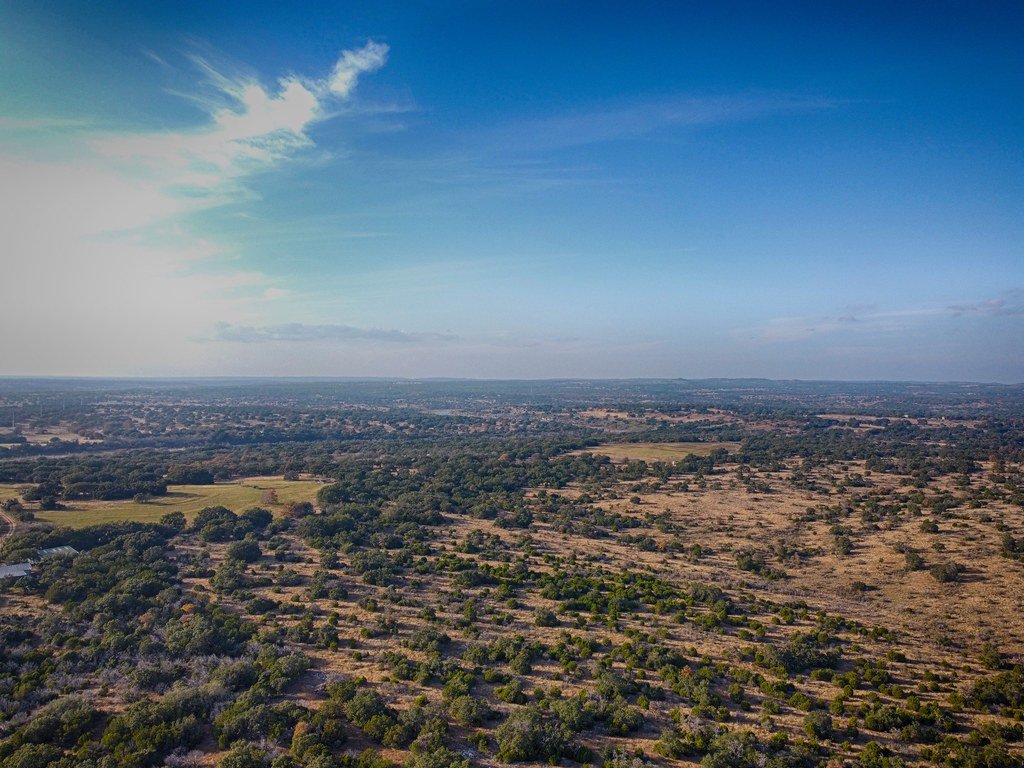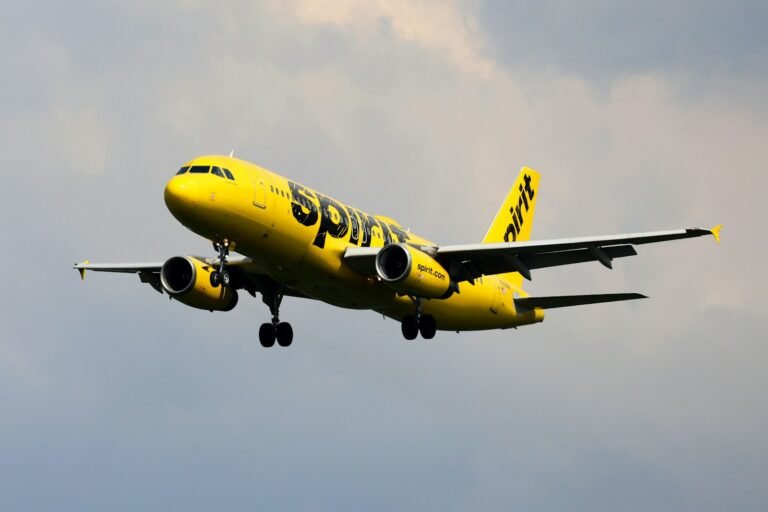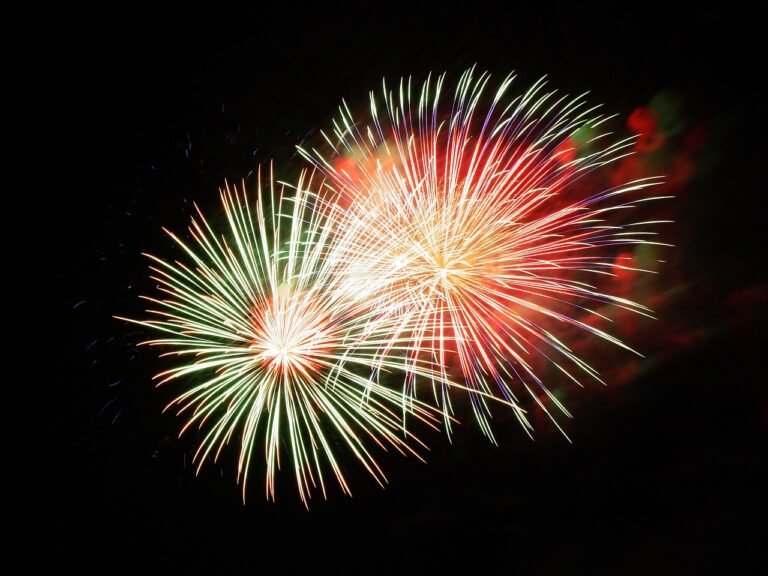
This proposal, found in initial budget documents, emerges as the National Park Service confronts significant budget reductions. Projections indicate that a $20 fee for foreign visitors at Yellowstone could almost double its existing gate revenue.
Proposed international surcharge at National Parks could generate millions in 2026
by Micah Drew, Daily Montanan
July 1, 2025
With many national parks facing huge backlogs of deferred maintenance — Yellowstone National Park alone is estimated to have more than $1 billion — the federal government is proposing a new fee on foreign visitors to address some of the shortfall.
The idea, which has long been championed by a Bozeman nonprofit, is part of preliminary 2026 budget documents for the Department of the Interior that simultaneously includes vast budget cuts for various departments, including the National Park Service.
The National Park Service budget shows a request for just $2.1 billion, cutting roughly a third of the agency’s 2025 budget.
But among the streamlining efforts listed in the budget documents, the federal government is proposing to establish a new fee for foreign visitors to some NPS sites, estimated to generate upwards of $90 million “to keep national parks beautiful.”
“An international surcharge is a compelling point because you can raise prices for that cohort, who by definition are spending a lot of money to travel to our country to see these ‘bucket-list’ destinations,” said Tate Watkins, a research fellow at the Property and Environment Research Center. “If you think of the overall trip budget, the gate fee is a small portion of that. It isn’t likely to deter a huge number of people.”
Last year was the busiest on record for the NPS, with more than 331 million visitors spending time at the 433 NPS units, including historic sites, battlefields and monuments, in addition to the 63 national parks.
The increased traffic at the nation’s crown jewels have added to a deferred maintenance backlog of nearly $23 billion to maintain roads, buildings, utility systems and other facilities across the park system.
One method to address that backlog at individual park sites is to consider changing the fee structure charged for visitors at the entrance gates.
Only 106 of the 433 sites managed by the NPS charge entrance fees, ranging from $10 per person to $35 per vehicle, with annual pass options available. There is no differentiation between U.S. residents and foreign visitors.
Secretary of the Interior Doug Burgum said during a House Committee on Natural Resources hearing earlier this month that the Park Service is “way undercharging” international visitors.
“We’ve done a study on what gets charged if you’re going to go see the gorillas in Rwanda or go to the Galapagos Islands … there could be a billion-dollar revenue opportunity, without discouraging visitors,” Burgum said. “That revenue, if it could be redirected back towards deferred maintenance, staffing, a number of things we could do, that would be fantastic.”
The Galapagos Islands cost $200 for foreign tourists, while Ecuadorian adults pay $30.
Watkins said PERC, a Bozeman-based a “free market environmentalism” nonprofit think-tank, has advocated for changes to the NPS fee structure for years.
“There’s a lot of common models where we do this kind of thing anyway,” he said.
Watkins pointed to states that charge different resident and nonresident fees for hunting and fishing licenses and similar structures for accessing state parks.
In Montana, residents pay a $9 fee with their annual vehicle registration, which covers access to all state parks for the year. Nonresidents, however, are charged an $8 daily entrance fee with a vehicle ($4 to walk or bike in) or $50 for an annual pass. Camping at a state park costs $12 more per night for nonresidents.
The same model could easily be applied nationally.
“The status quo is not one of sustainable and proper management of these sites,” Watkins told the Daily Montanan. “The current model just doesn’t keep up with it.”
In a report released in 2023, Watkins looked at potential revenue streams from charging international visitors additional fees.
Using NPS data showing baseline entry fee revenue of $349 million, PERC calculated a $16, $25 and $40 surcharge for foreign visitors, with an estimate that the surcharge would correspond with a roughly 3% decrease in visitation.
The smallest surcharge would generate an additional $211 million annually, while the highest would bring in $528 million — more than doubling the current revenue.
The current system is relatively blunt — there are lots of margins you can refine in a logical way,” Watkins said. “That’s where I think you can see big changes happen.”
Doubling Yellowstone’s fee revenue
A new report, authored by University of Wyoming economist Steve Newbold and published by PERC last week, focused on that nation’s oldest national park, Yellowstone, which saw 4.7 million visitors last year, roughly 15% of which came from other countries.
The park’s entry fee is $35 per vehicle, per week, with 80% of fee revenues retained at the park to be spent on visitor experience improvements. Park Service data shows entry fees generated roughly $14.2 million annually for the park in recent years.
The report looked at six different fee structure scenarios and compared the elasticity of demand — how much impact a higher fee will have on visitation — with the increased revenue.
Scenarios included charging all visitors an additional $5 to enter the park; exempting locals but charging all other visitors an extra $10; and various levels of international fees.
Charging foreign visitors a $20 surcharge is estimated to decrease visitation by 13,000, but generate an additional $11.9 million — an 84% increase from 2024 gate revenue.
Bumping the international fee to $100 per person would rake in $55.2 million, with a roughly 57,000 decrease in visitors.
Adding just a $5 per person fee to all visitors to Yellowstone would more than double the revenue from entrance fees.
“In some places you’re hard pressed to find a cup of coffee for five dollars,” Watkins said.
And while that doesn’t make up for the park’s $1.5 billion maintenance backlog — the most of any national park according to the report — it would help, Watkins said.
“I think you could probably ask the superintendent, and he’d say if we can get closer to the maintenance backlog with fee revenue, that would be great,” he said.
Watkins said that PERC is excited that the federal government is considering different models of fees for national parks, and that it might take some time to get it right.
“You’re probably not going to get something that works perfectly the first time,” he said.
But the whole point is the status quo is not sustainable, Watkins said, and the agencies in charge need to think about what they can do to put the future of the park system in a better position.
“A well-funded park that can maintain its trails, protect its wildlife, and conserve its natural wonders will continue drawing visitors for generations—securing the economic lifeline that sustains surrounding communities,” the report states. “The choice is between short-term thinking and long-term prosperity for both the park and the region.”
Daily Montanan is part of States Newsroom, a nonprofit news network supported by grants and a coalition of donors as a 501c(3) public charity. Daily Montanan maintains editorial independence. Contact Editor Darrell Ehrlick for questions: info@dailymontanan.com.
Supporters argue that this surcharge would not greatly discourage tourism and could provide essential funding to protect the country’s most frequented natural attractions.
- Comfortable Large Handle Straps – The handle strap with double ring buckle is convenient to carry, and can easily fold a…
- Large Portable & Lightweight- Unfolded blanket is 78″ X 57″ inches. It easily folds to a compact tote 12″L x 4″W x 4″H i…
- Waterproof Backing Material- Prevents picnic rug from getting wet on damp lawns or surfaces; provides extra sitting comf…
- MULTIPLE USE BLANKET : It is not just a large picnic mat, you can use it for beach blanket, camping blanket, RV blanket,…
- WATERPROOF and SAND PROOF : Waterproof cushioned backing prevents you from getting wet from damp lawns or surfaces and p…
- EASY TO CLEAN : Beach blanket Wipe the waterproof backing with a towel or tissue and shake off grass, sand, or dirt mud …













